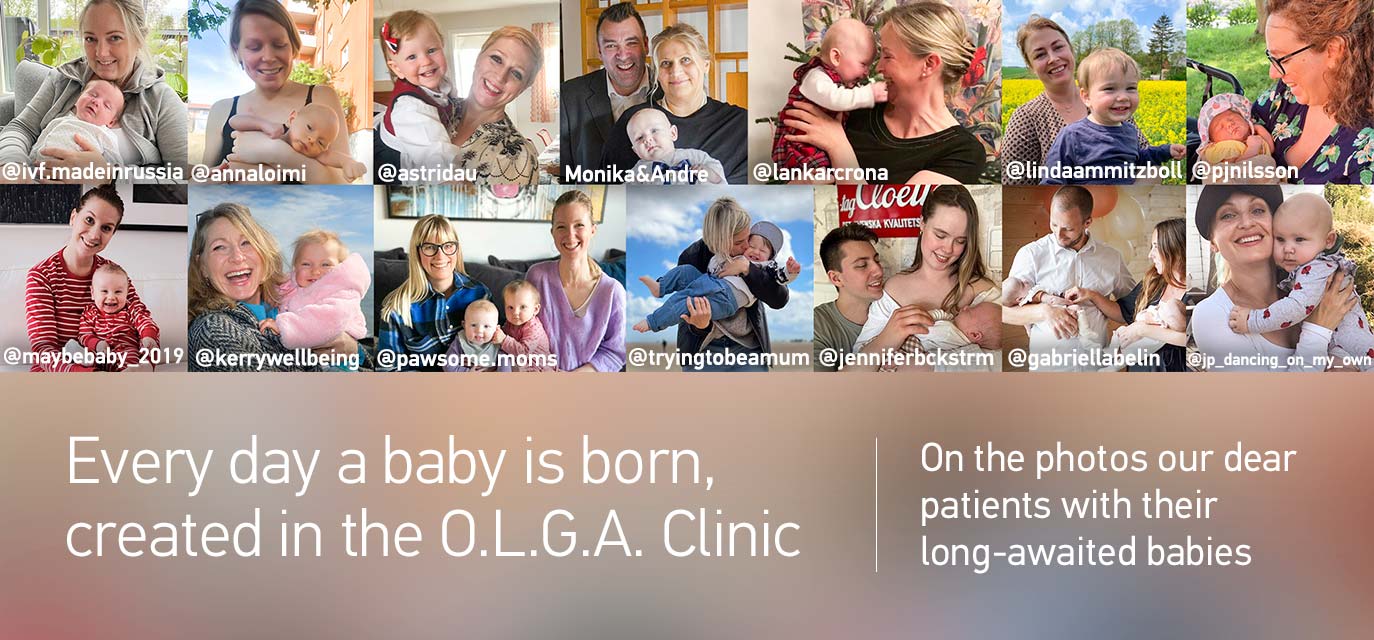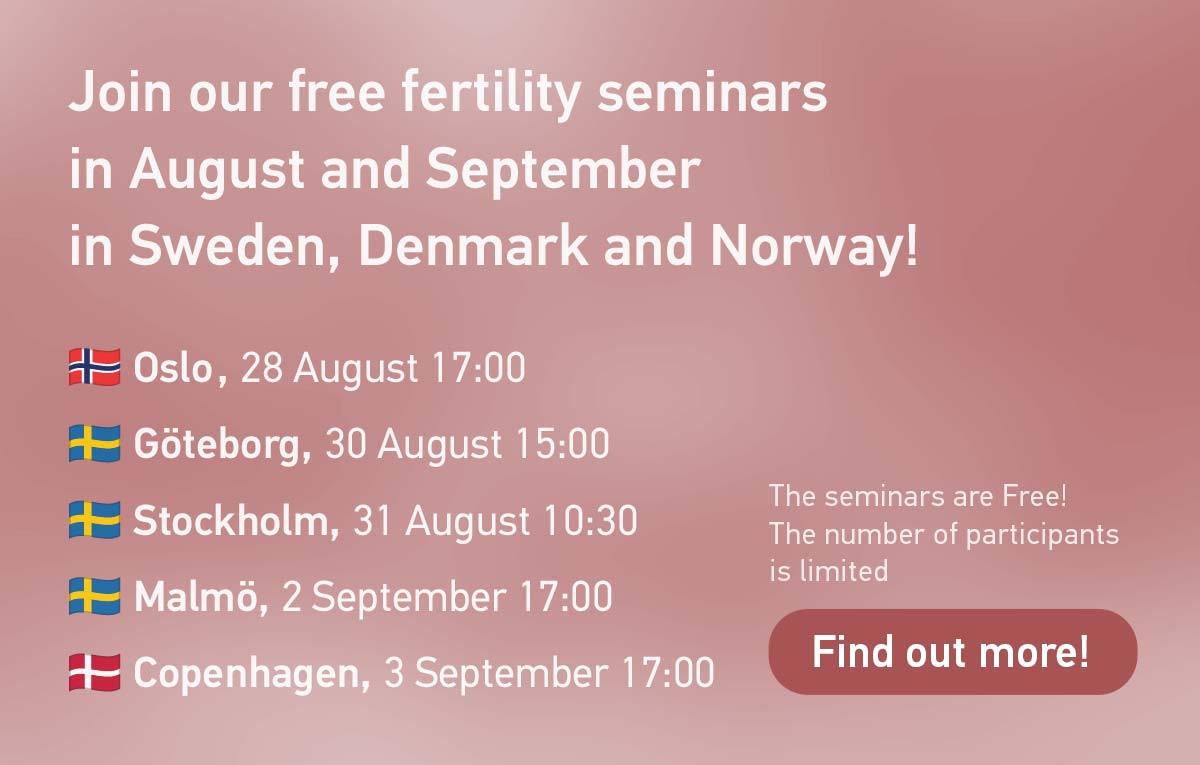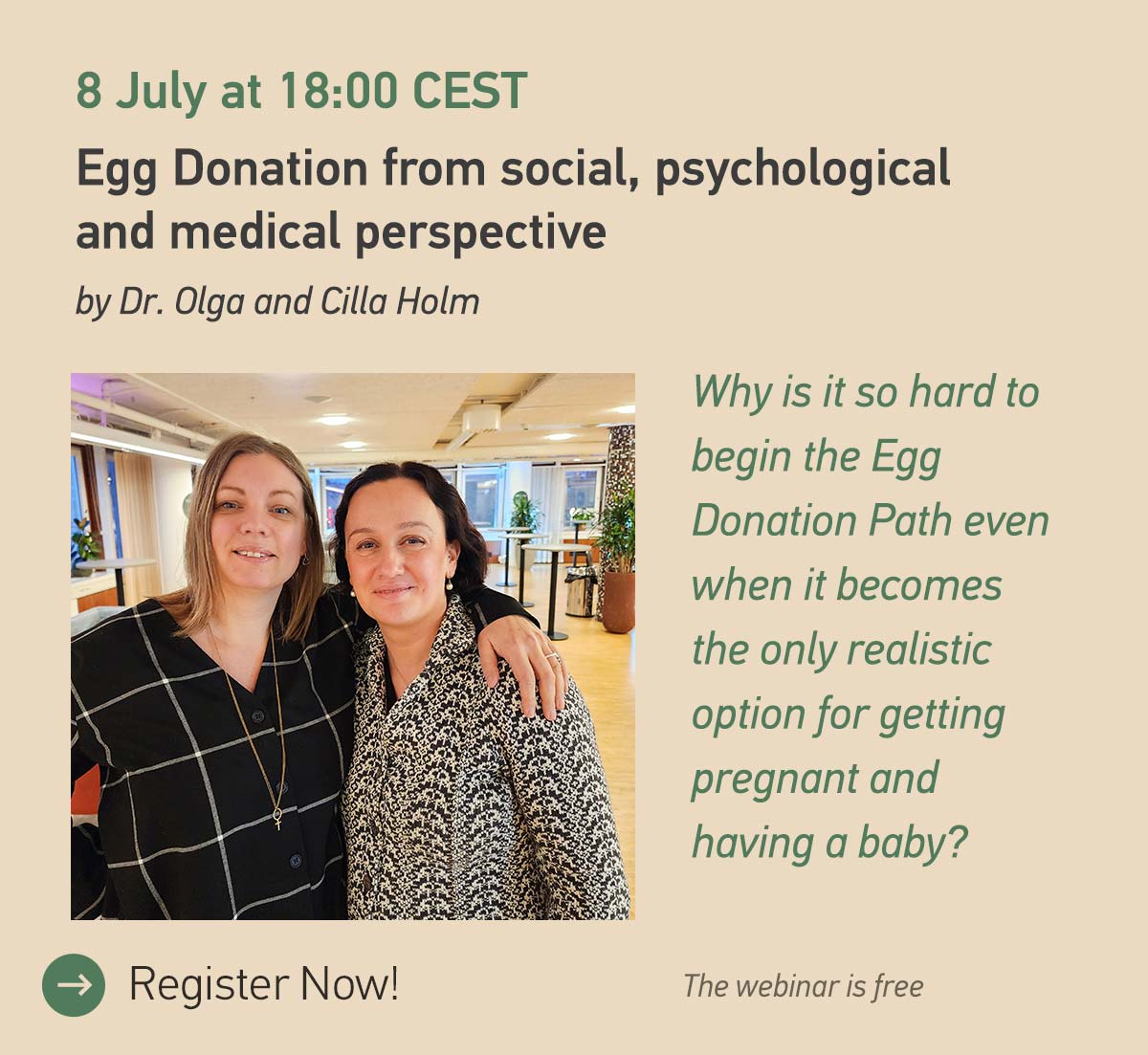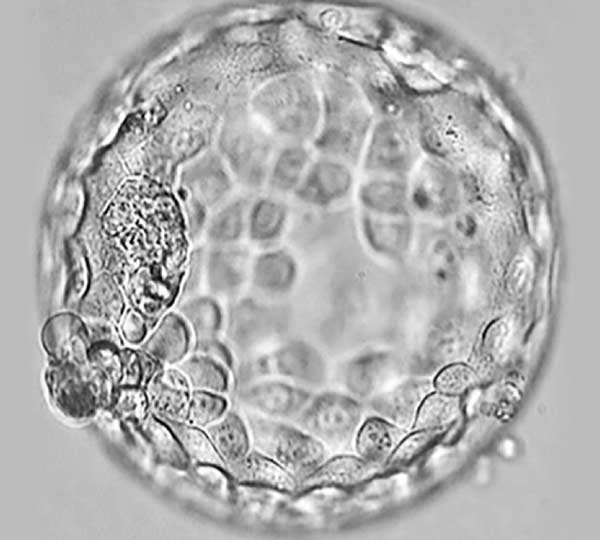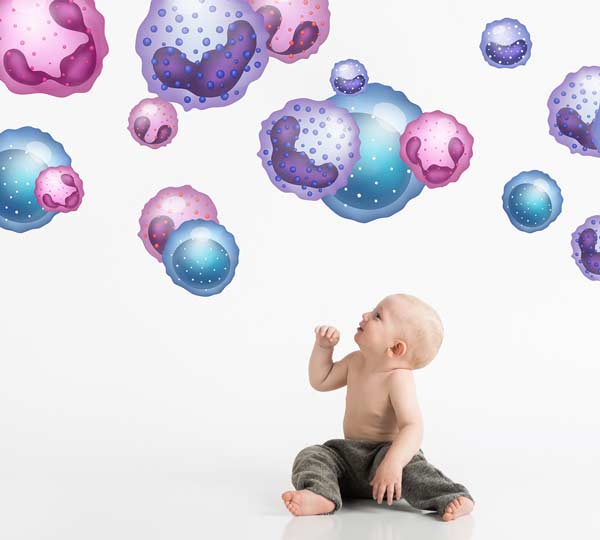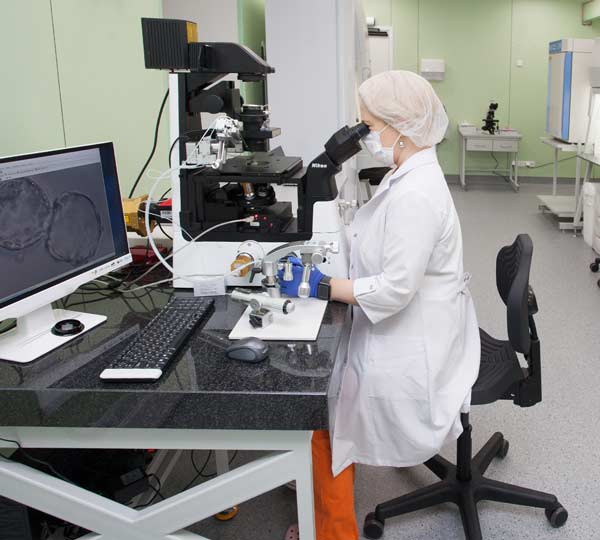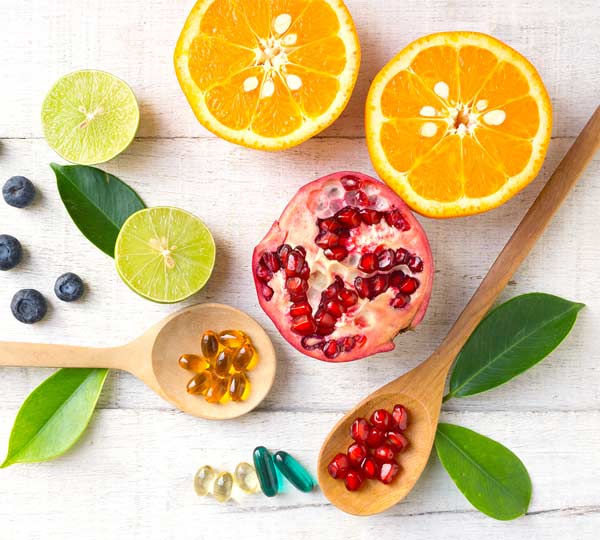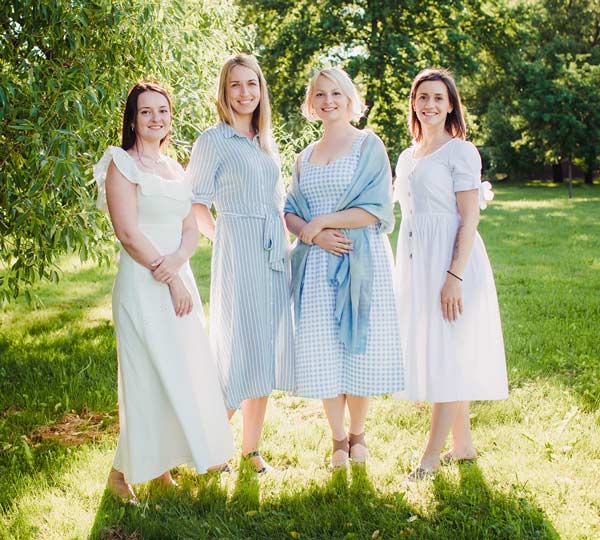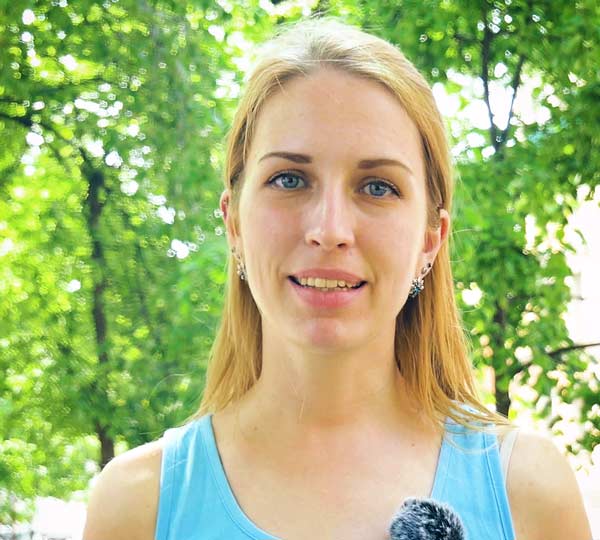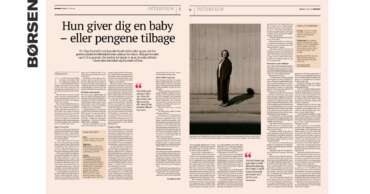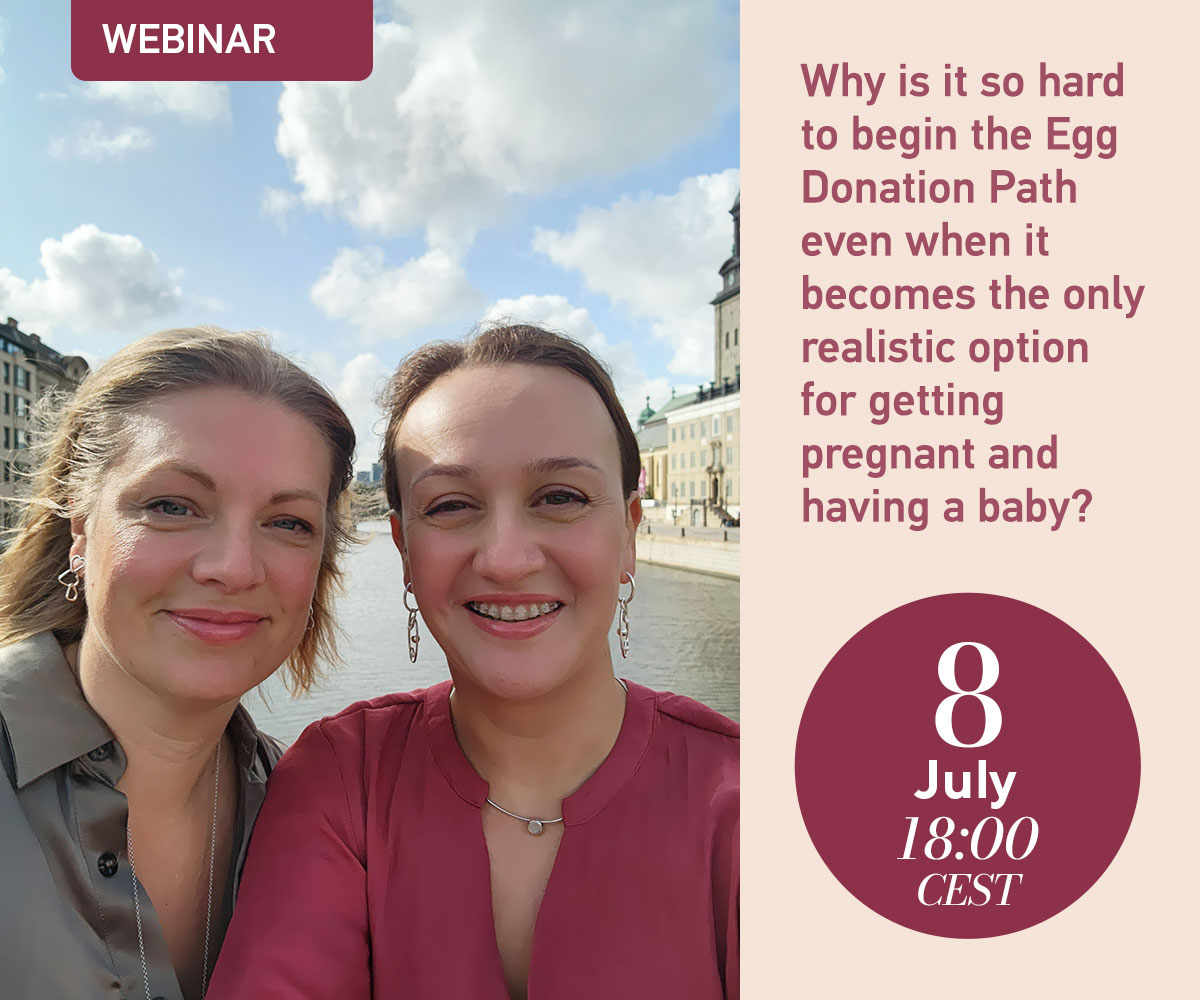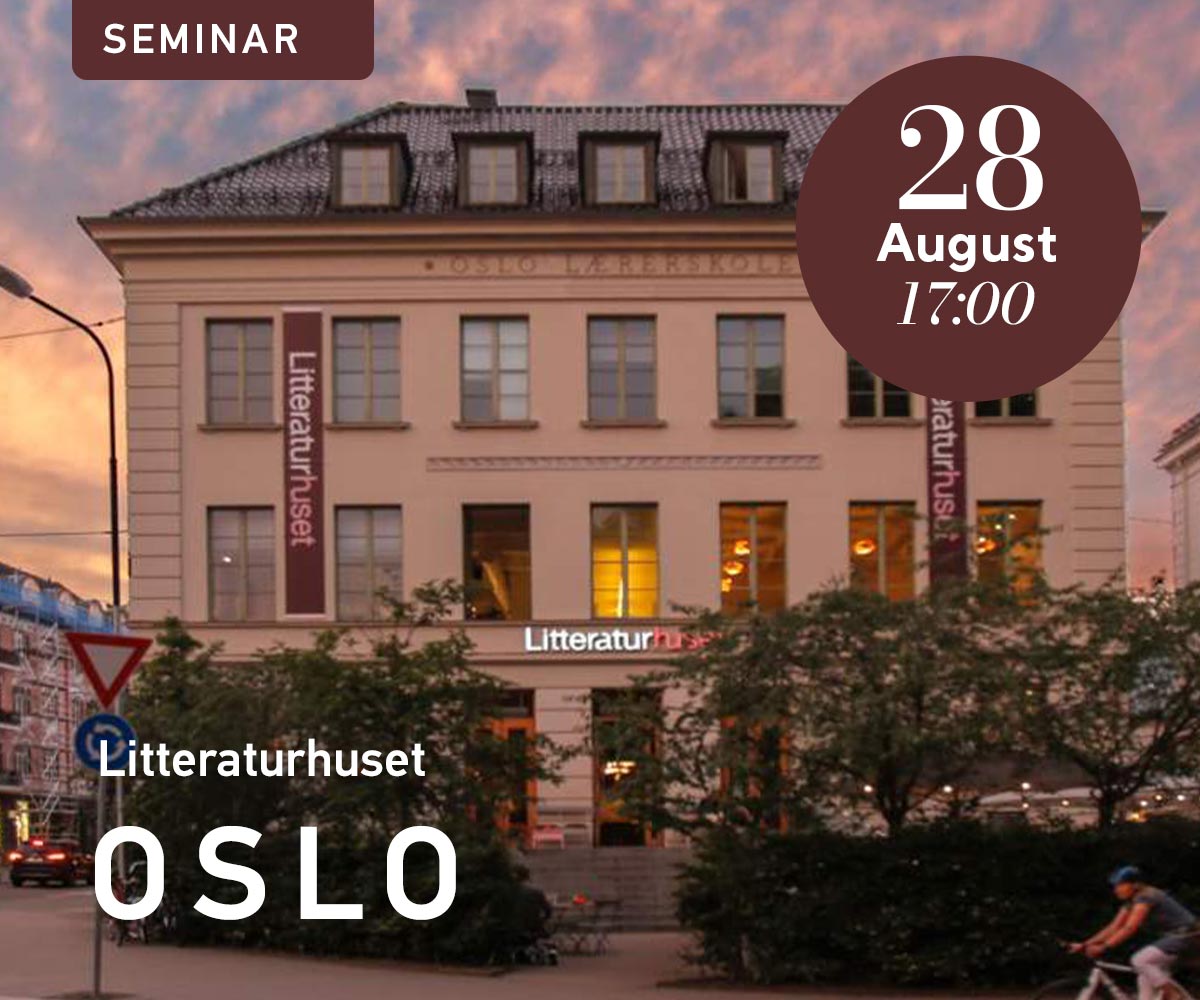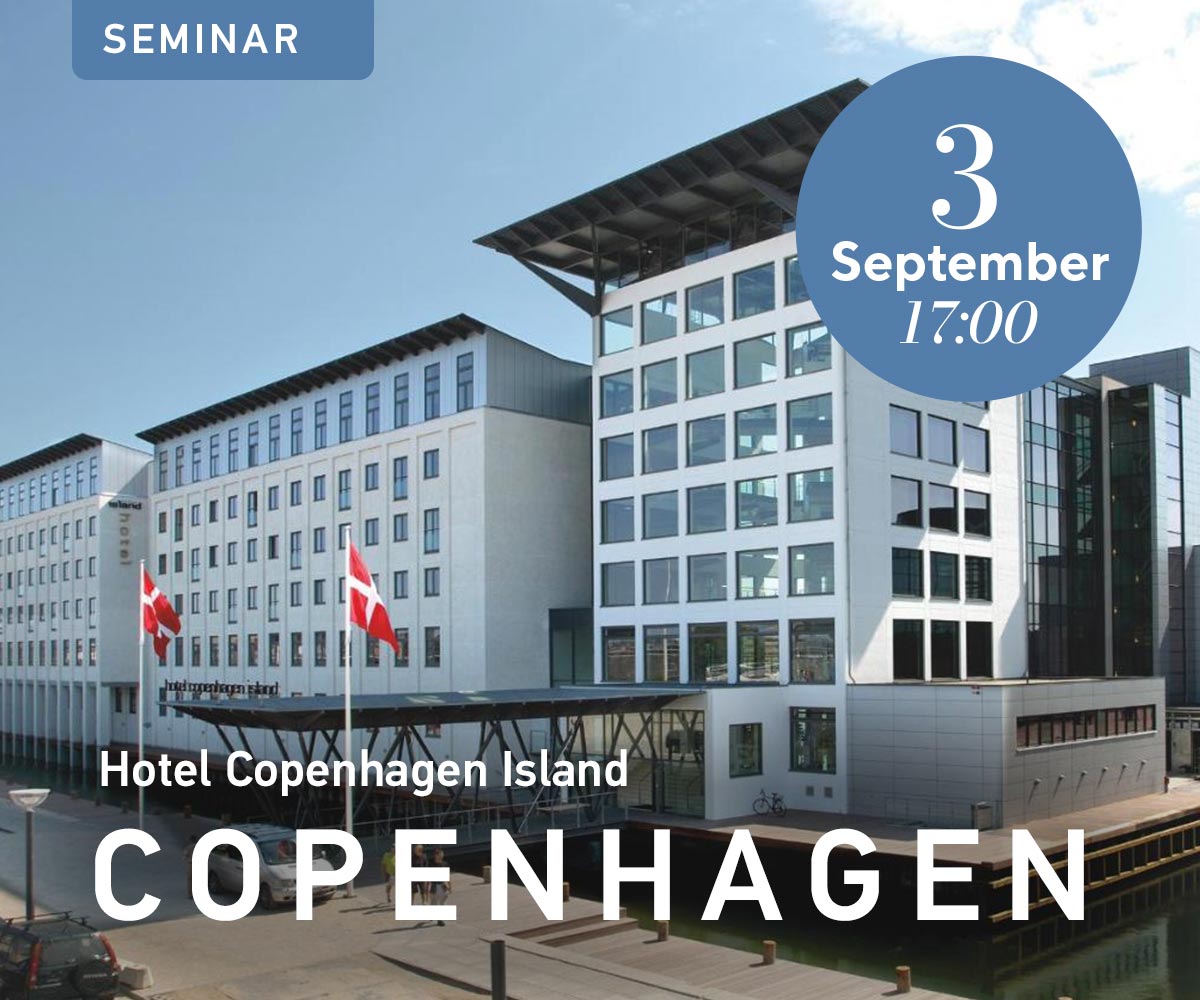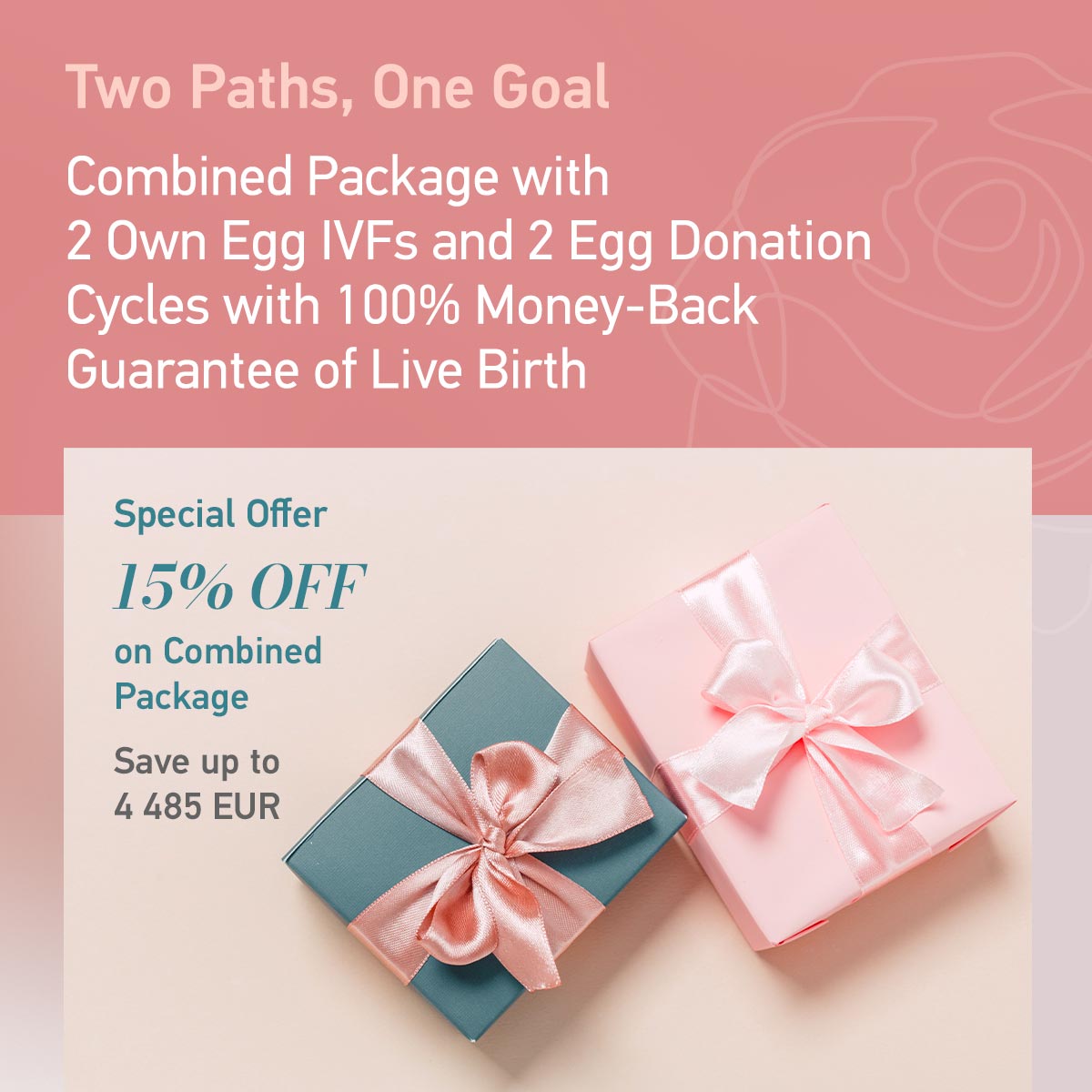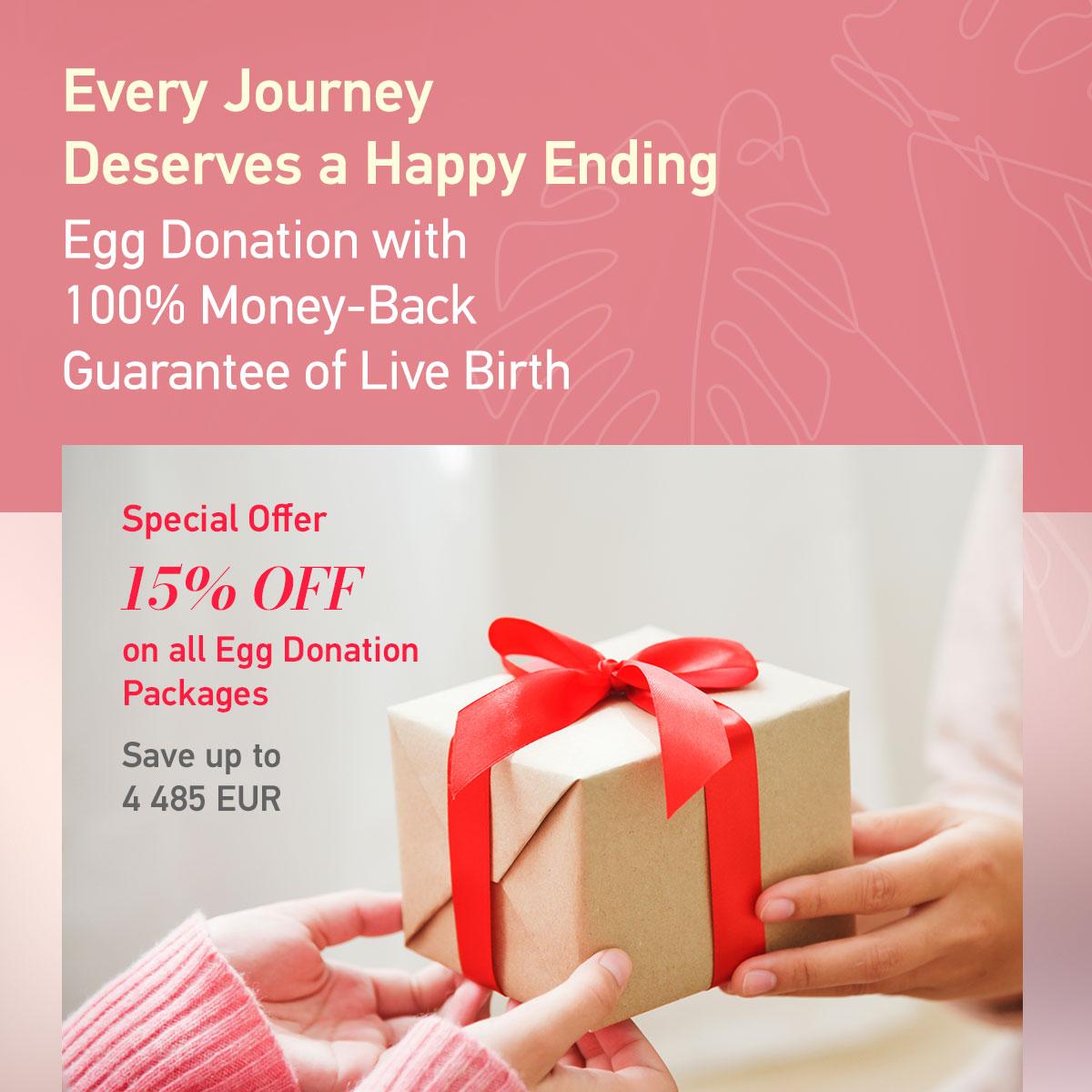Cryopreservation is a process where cells or whole tissues are preserved by cooling to sub-zero temperatures, typically 77 K (= −196 °C, the boiling point of liquid nitrogen). At these cold temperatures, any biological activity, including the biochemical reactions that would cause cell death, is effectively stopped. Cryopreservation is used in infertility programs to freeze and store sperm, eggs or embryos from an in vitro fertilization cycles.
The technique used for cryopreservation of eggs is called vitrification.
Vitrification usually requires the addition of cryoprotectants prior to cooling. The cryoprotectants act like antifreeze: they decrease the freezing temperature and increase the viscosity. Instead of crystallizing, the syrupy solution becomes an amorphous ice - i.e., it vitrifies.
Concerns about the quality of oocytes after vitrification and then thawing were scattered after a series of randomized studies, showed no increasing risk of aneuploidy and no decrease in implantation rates [1]. Further reports of pregnancy success rates revealed the comparable results to those of fresh oocytes [2, 3, 4]. The incidence of common malformations in infants is comparable with the occurrence in the naturally conceived babies. It confirms that oocytes vitrification is not related to the increased risk of adverse outcomes in newborns.
Our results are in line with the literature data, as in 2012 we have had 63% clinical pregnancy rates with vitrified donor eggs and 62% clinical pregnancy rates with fresh donor eggs.
We have started egg vitrification at O.L.G.A. Fertility Clinic in 2008 after intensive training by Professor Kuwayama in Japan. Since 2008 we have frozen more than 2000 donor oocytes in open system. The first children conceived with vitrified donor eggs were born in 2010. Finally in the first half of 2012 we have obtained stably good results and feel ready to propose vitrified ED programme to our patients on the regular basis. Here we would like to share these results with you.
Table 1. Pilot Results of O.L.G.A. Fertility Clinic Egg Donation Programme with vitrified eggs, 2012
| Number of fresh ETs with vitrified donor oocytes | 55 |
Number of thawed oocytes | 645 |
Number of oocytes per patient | 11,7 |
Survival rates | 83% |
Fertilization rates | 72% |
% of oocytes resulted in blastocyst formation for ET or FR | 52% |
Clinical pregnancy rates (45DET+10SET) | 63,6% (55) |
- Eric J. Forman, M.D., Xinying Li, Ph.D.,a Kathleen M. Ferry, B.S., Katherine Scott, M.S., Nathan R. Treff, Ph.D., Richard T. Scott Jr., M.D.(2012) Oocyte vitrification does not increase the risk of embryonic aneuploidy or diminish the implantation potential of blastocysts created after intracytoplasmic sperm injection a novel, paired randomized controlled trial using DNA fingerprinting. Fertility and Sterility Vol. 98, No. 3, September 2012
- Chen C. (1986) "Pregnancy after human oocyte cryopreservation". Lancet 1 (8486): 884-886. Retrieved on April 24, 2007
- Jain, J. et al. (2005) "Oocyte cryopreservation". Fertility and Sterility 86 (4): 1037-1046. Retrieved on April 24, 2007
- Grifo J and Noyes N. (2010) Delivery rate using cryopreserved oocytes is comparable to conventional in vitro fertilization using fresh oocytes: potential fertility preservation for female cancer patients. Fertility and Sterility 93:391-396.


